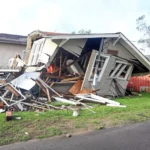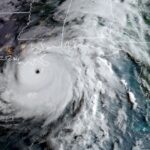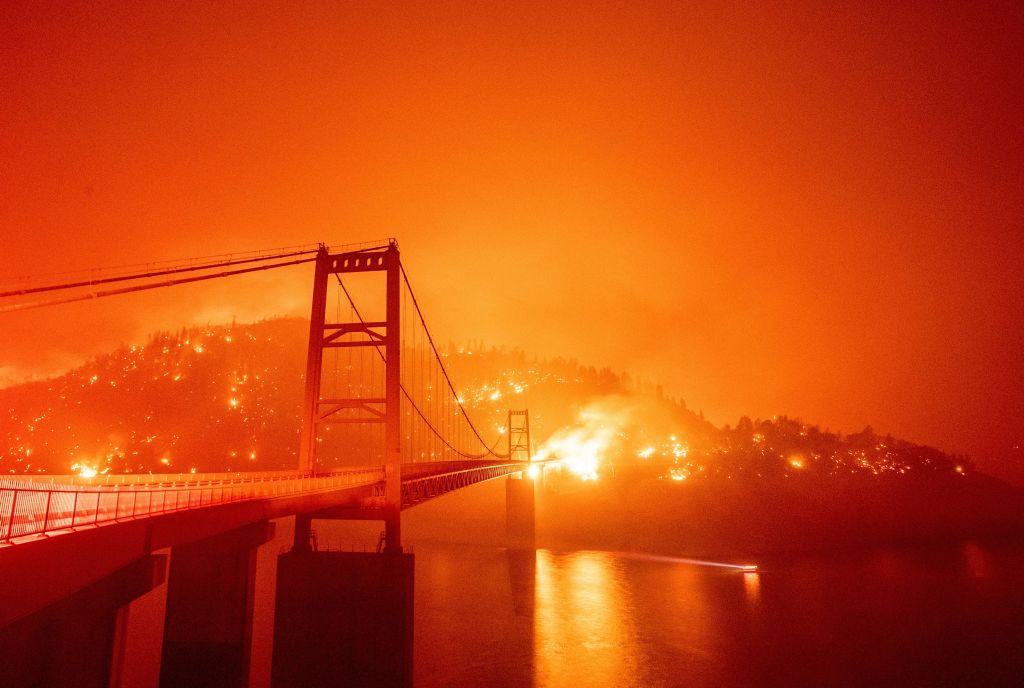
The impact of the Supreme Court’s recent ruling on the EPA will be felt around the world. The fight against climate change, declining biodiversity, and pollution is not something that exists in a vacuum. It requires a collective and global effort in order to contain and reverse these harmful effects. I and many people strongly believe the Supreme Court’s ruling will significantly hinder the ability for the US to act and the consequences are legion.
Removing federal regulatory power leaves the responsibility in the hands of Congress and the states. This all but guarantees the problems of regulatory capture and acting on behalf of the fossil fuel industry will continue. Leaving the problem to states will result in a scattered approach at best and will likely see many states fall prey to shortsighted economic interests over the important environmental needs of our society and those of future generations.
But it also undercuts the global fight. The US is one of the greatest polluters on the planet, often ranking in the #1 or #2 spot depending on the specific metrics utilized. By undercutting the ability for the country to cohesively act, we will see the US lag behind in attaining critical climate goals. At best this will leave the US behind as an international pariah, but at worst it will encourage other states to defer from taking action as well. This could lead to a negative feedback loop wherein environmental and climate goals are sabotaged because of a lack of leadership and action by the United States.
Climate change is not going to wait for the political or economic convenience of humanity. It is critical that we take action now to mitigate a disaster that could very well mean the extinction of the human species. Unfortunately, the window of opportunity has closed just a little more in the aftermath of this ruling.





